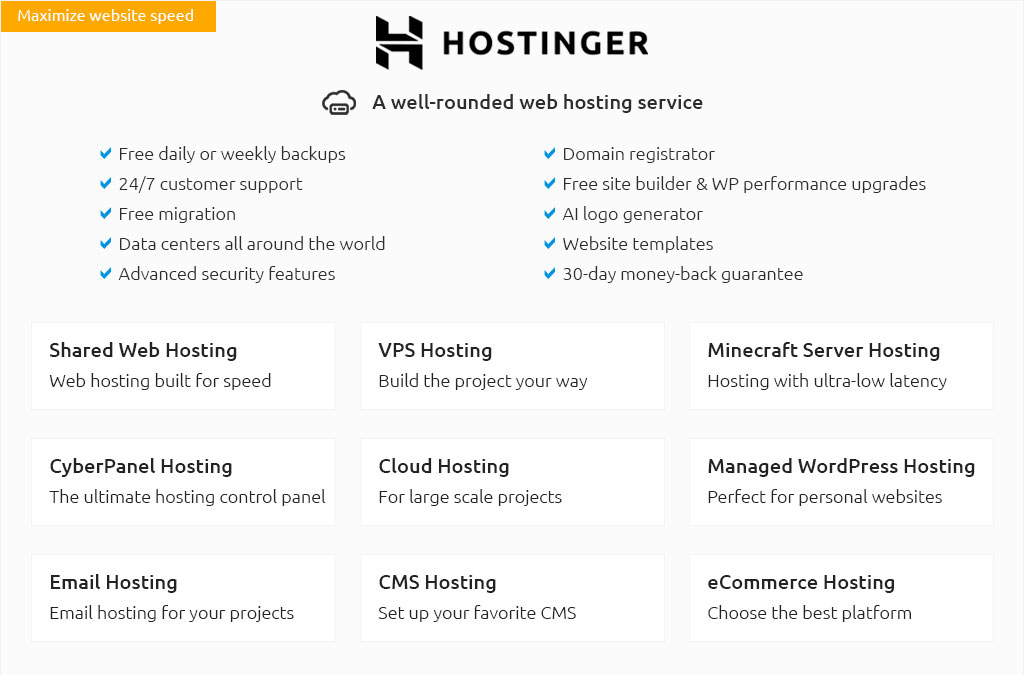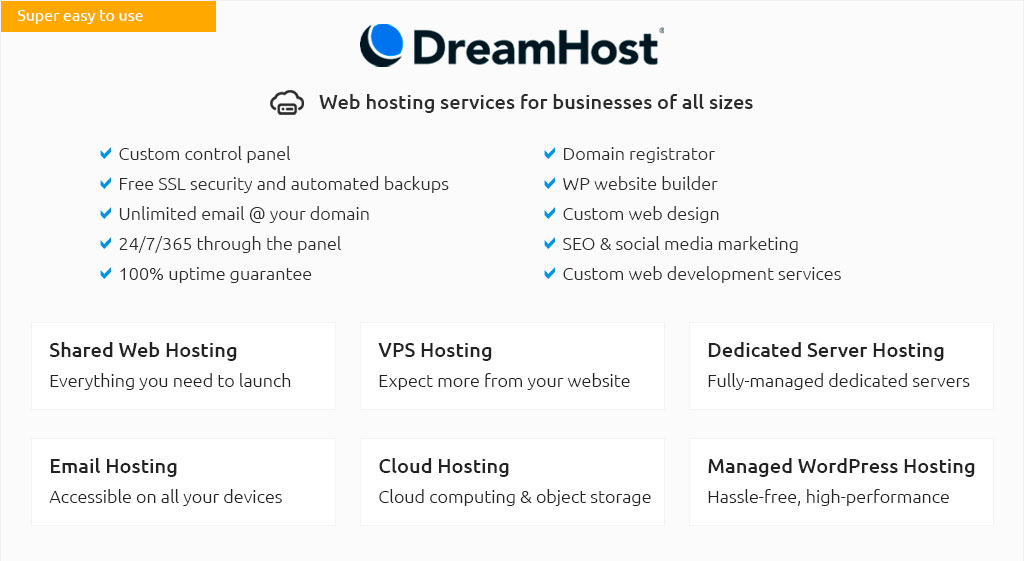 |
|||
 |
 |
 |
|
 |
|
 |
 |
 |
|||
 |
|||
 |
|||
 |
|||
 |
 |
|
wtv35h7podr Understanding Personal Cloud Hosting: A Comprehensive GuideIn the ever-evolving digital landscape, personal cloud hosting has emerged as a compelling solution for individuals seeking more control over their data. But what exactly is it, and why should one consider it over traditional cloud services? Let's delve deeper into this topic, providing insights that will help you make informed decisions. What is Personal Cloud Hosting? At its core, personal cloud hosting refers to the practice of managing your own cloud storage, rather than relying on third-party services like Google Drive or Dropbox. This approach allows users to store data on their own hardware, such as a NAS (Network Attached Storage) device or a personal server, while still accessing it over the internet. This ensures that you are the sole owner of your data, safeguarding it from potential misuse by external service providers. The Benefits of Personal Cloud Hosting There are several advantages to opting for a personal cloud. Firstly, privacy is a major benefit. By hosting your own cloud, you eliminate the risk of your data being accessed or analyzed by third-party companies. Additionally, control is another significant factor. You can customize your storage solutions to fit your specific needs, whether it's setting up automatic backups, controlling access, or integrating with other smart home devices. Moreover, cost-effectiveness should not be overlooked. While there might be an initial investment in hardware, over time, personal cloud hosting can be more economical than paying ongoing subscription fees for commercial cloud services. Potential Drawbacks and Considerations Of course, personal cloud hosting isn't without its challenges. The most notable is the technical expertise required. Setting up and maintaining a personal cloud can be complex, especially for those without a background in IT. Additionally, there is the issue of reliability. Unlike commercial providers who offer robust infrastructure with multiple redundancies, a personal setup might be more susceptible to hardware failures or connectivity issues. Lastly, security is a critical concern. It's imperative to implement strong security measures, such as encryption and firewalls, to protect your data from unauthorized access. Steps to Setting Up Your Personal Cloud If you're convinced that personal cloud hosting is the right path for you, here's a brief overview of the steps involved:
Conclusion In conclusion, personal cloud hosting offers a unique blend of privacy, control, and cost savings that can be highly appealing to tech-savvy individuals. However, it's important to weigh these benefits against the potential challenges, particularly in terms of technical demands and security concerns. By carefully considering your needs and capabilities, you can determine if personal cloud hosting is the right solution for you. https://www.ovhcloud.com/en/hosted-private-cloud/
What is Hosted Private Cloud? The Hosted Private Cloud solution brings together OVHcloud's various private cloud solutions. These consist of dedicated cloud ... https://www.tonido.com/
A free cloud server software. Turn your computer into your own personal cloud server. Sync and remotely access files via web browser, mobile devices. https://tedium.co/2022/02/16/self-hosting-dropbox-alternatives/
The key thing about rolling up your own cloud service is that you need to understand what your ultimate goals are.
|